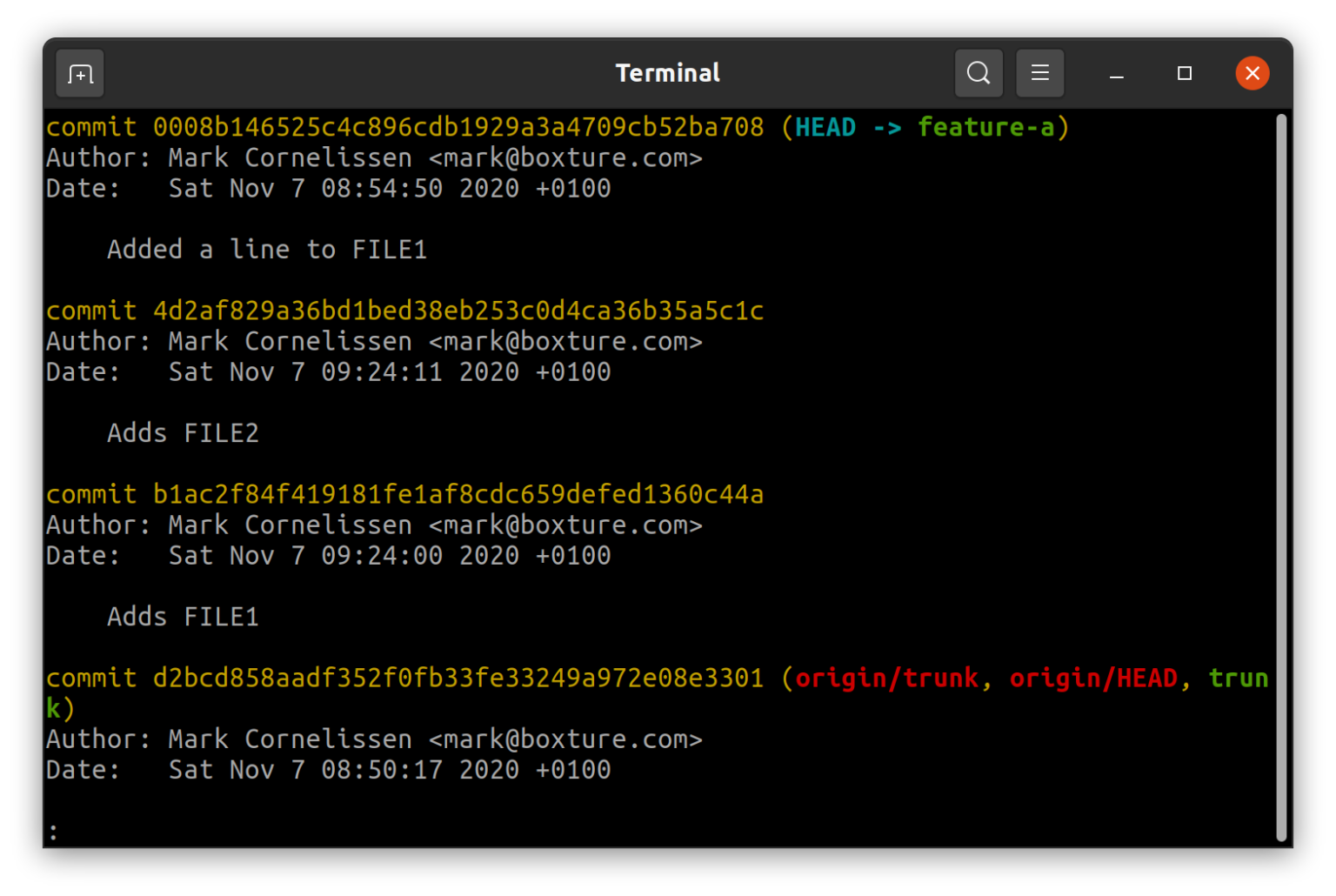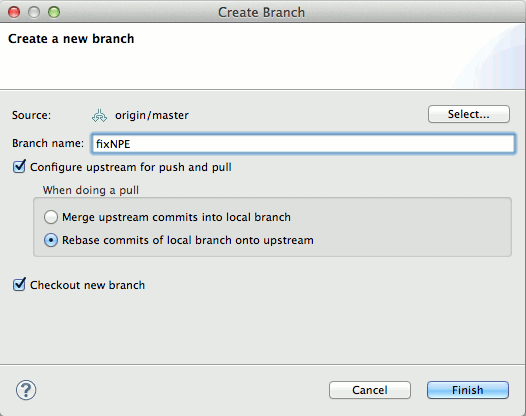
For that reason, this command is considered dangerous and should be used after you run git status to check working files. The -hard option specifies Git to throw ALL changes between the current state and the commit in the last argument.HEAD is now at 1e087f5 Make some change to file.txt $ git reset file.txtĪnother way to remove uncommitted changes using git reset is with option -hard and params HEAD. Unstage file from staging area with git reset.To remove uncommitted changes in the staging area, we need to take the following steps. Use git reset to Remove Uncommitted Changes in Git In the example above, changes to file.txt are not reverted because this file is in the staging area. $ echo 'Enhance exising feature' > file.txt Please note that git checkout won’t work out if files have already been added to the staging area via git add. Nothing added to commit but untracked files present (use "git add" to track)
GIT DELETE NEW FILES HOW TO
How to remove git from your setup/PC $ git checkout. Tracked files are files that git knows about, generally after being added by git add This command will revert uncommitted changes for tracked files. Use git checkout to Remove Uncommitted Changes in Git " to discard changes in working directory) What should we do? $ echo 'Add new implementation' > feature.txt Eventually, we realize it’s all wrong and need to go back to the previous commit. When working with a feature, we might first create new files, add changes to existing files, and then delete some files. This article will guide you on how to undo uncommitted changes we have made to the local repository.

This is Git's way of telling you that there is a new file in the repo directory on your computer that you haven't told Git about, and Git is not tracking that file for any changes you make.Created: December-21, 2021 | Updated: February-06, 2022 Git reports that you have an untracked file (named file.txt) in your repository. This will create a new file named file.txt. Now that we have modified a file and updated it on GitHub, let's create a new file, add it to Git, and upload it to GitHub. Run: echo "This is a new file" > file.txt I will explain what "master" means in the next article, when we discuss branching.) Add a new file to Git (To refresh your memory on what "origin" means in this case, refer to the first article in this series. The next line directs us to push those changes to origin/master, and that is what we did. The first line indicates there is one commit in the local repo but not present in origin/master (i.e., on GitHub). (use "git push" to publish your local commits) Your branch is ahead of 'origin/master' by 1 commit Once you navigate to that URL, click the "Clone or download" button, and your browser should look something like this: (If you have not yet created a Demo repo, jump back to that article and do those steps before you proceed here.) To clone your file, just open your browser and navigate to (where is the name of your own repo. Let's clone the repo, called Demo, we created in the last article.

GIT DELETE NEW FILES ZIP
(You could also download the repo as a ZIP file, but we'll explore the clone method in this article.)
GIT DELETE NEW FILES DOWNLOAD
What should you do? Download your files from GitHub? Exactly! We call this "cloning" in Git terminology.

Say you already have a Git repo on GitHub and you want to get your files from it-maybe you lost the local copy on your computer or you're working on a different computer and want access to the files in your repository. eBook: An introduction to programming with Bash.Try for free: Red Hat Learning Subscription.


 0 kommentar(er)
0 kommentar(er)
